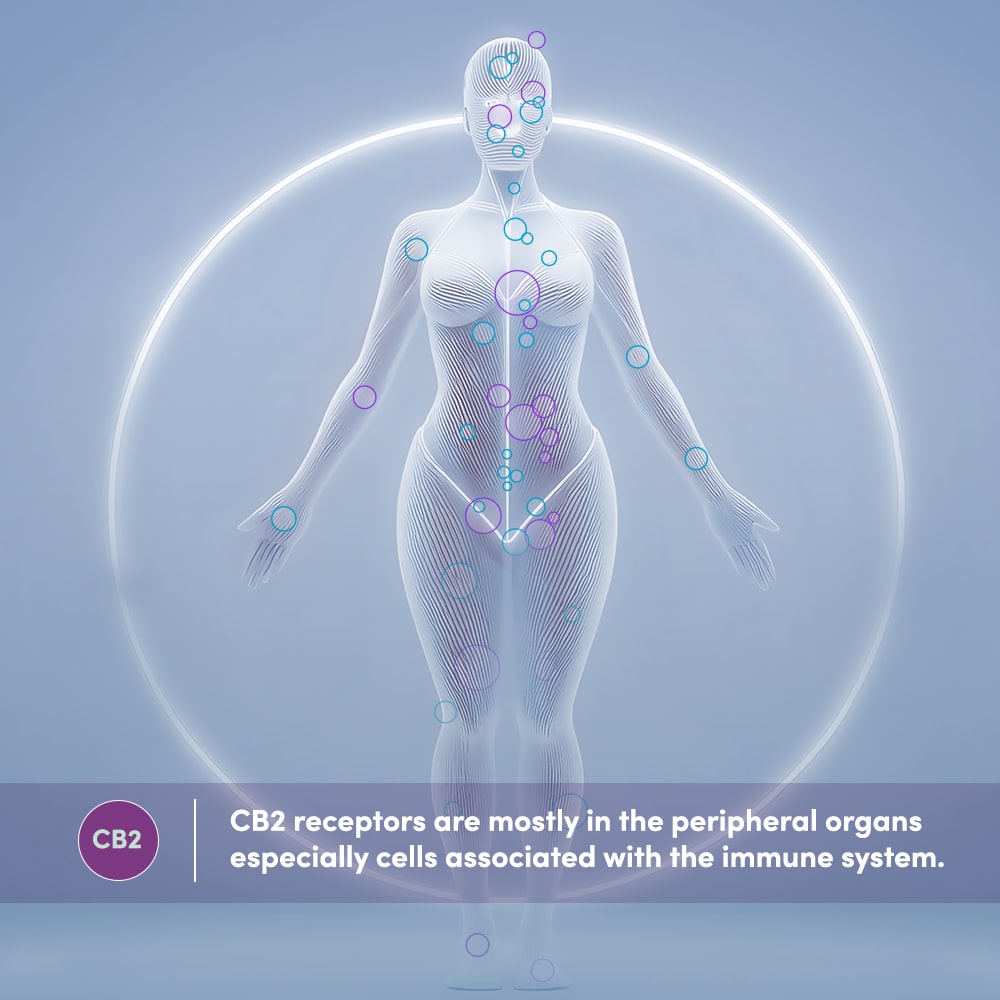
By: Juan Manuel Orjuela, MD
Neuropsychiatrist
Alzheimer’s Disease (AD) is a progressive, degenerative brain disorder that affects memory, thought, and behavior. It is the most common cause of dementia in older adults, and it currently affects about 55 million people worldwide.1 As the disease progresses, individuals with Alzheimer’s Disease often experience a decline in their ability to communicate, perform daily activities, and care for themselves. However, music can activate areas of the brain that are still relatively intact, allowing people with Alzheimer’s Disease to connect with positive memories and emotions. In addition, listening to music can provide a pleasant and relaxing distraction from the symptoms of the disease, improve mood, and reduce anxiety.
Recently, images of older adults with cognitive impairment coming to life as they listen to songs that evoke autobiographical memories have become very famous. One such case is Marta González, a Spanish dancer and ballet teacher, whose success began in the 1960s in New York City. She developed Alzheimer’s Disease and, a few months before her death, the Spanish platform “Música Para Despertar” (Music to Awaken) recorded the moment in which she, while confined to a wheelchair and clearly deteriorated, replicated the Tchaikovsky Swan Lake choreography masterfully.
ALIVE INSIDE Clip of Henry
[Alive Inside]. (2018, July 17). ALIVE INSIDE Clip of Henry
Homenaje a una bailarina con alzheimer del 'Lago de los Cisnes'
[AGENCIA EFE]. (2020, November 10). Homenaje a una bailarina con alzheimer del ‘Lago de los Cisnes’


In early stages of the disease, music therapy can help improve memory and concentration. In more advance stages, music can be used to reduce stress and anxiety5, promote relaxation, and encourage communication with the patient.
Music therapy can be implemented in different ways, depending on the patient’s degree of involvement. In some cases, a therapist or musician can play live music, which allows for direct interaction with the patient. In other cases, the therapist can use a recording and guide the patient through listening, singing, or movement exercises.
Studies have shown that music therapy can improve the quality of life for people with Alzheimer’s disease by reducing agitation and depression while also improving mood and social interaction (Fig. 3). Furthermore, music serves as a powerful tool for improving communication and emotional well-being among Alzheimer’s patients, caregivers and family members. It is particularly effective in facilitating a connection with their past and sense of identity.6

In conclusion, music is a powerful bridge, allowing people to connect with their memories and emotions despite the challenges posed by Alzheimer’s disease. The remarkable preservation of regions dedicated to storing musical memories defies the relentless progression of this neurodegenerative condition. Therefore, music therapy can promote emotional support and general well-being in Alzheimer’s disease patients by allowing them to maintain meaningful emotional connections with themselves and others.
- Alzheimer’s Disease International. Dementia Statistics. https://www.alzint.org/about/dementia-facts-figures/dementia-statistics/
- Alison Winter. (2012). Wilder Penfield and the Recording of Personal Experience. Memory Fragments of a Modern History. (pp.75-102) University of Chicago Press.
- Peretz, I., Gosselin, N., Belin, P., Zatorre, R. J., Plailly, J., & Tillmann, B. (2009). Music lexical networks: the cortical organization of music recognition. Annals of the New York Academy of Sciences, 1169, 256–265. https://doi.org/10.1111/j.1749-6632.2009.04557.x
- Jacobsen, J. H., Stelzer, J., Fritz, T. H., Chételat, G., La Joie, R., & Turner, R. (2015). Why musical memory can be preserved in advanced Alzheimer’s disease. Brain : a journal of neurology, 138(Pt 8), 2438–2450. https://doi.org/10.1093/brain/awv135
- de la Rubia Ortí, J. E., García-Pardo, M. P., Iranzo, C. C., Madrigal, J. J. C., Castillo, S. S., Rochina, M. J., & Gascó, V. J. P. (2018). Does Music Therapy Improve Anxiety and Depression in Alzheimer’s Patients?. Journal of alternative and complementary medicine (New York, N.Y.), 24(1), 33–36. https://doi.org/10.1089/acm.2016.0346
- Leggieri, M., Thaut, M. H., Fornazzari, L., Schweizer, T. A., Barfett, J., Munoz, D. G., & Fischer, C. E. (2019). Music Intervention Approaches for Alzheimer’s Disease: A Review of the Literature. Frontiers in neuroscience, 13, 132. https://doi.org/10.3389/fnins.2019.00132
- [AGENCIA EFE]. (2020, November 10). Homenaje a una bailarina con alzheimer del ‘Lago de los Cisnes’ [Video]. Youtube. https://www.youtube.com/watch?v=mZ8hSM8DCqs
- [Alive Inside]. (2018, July 17). ALIVE INSIDE Clip of Henry [Video]. Youtube. https://www.youtube.com/watch?v=DeP6dPm5jdY







